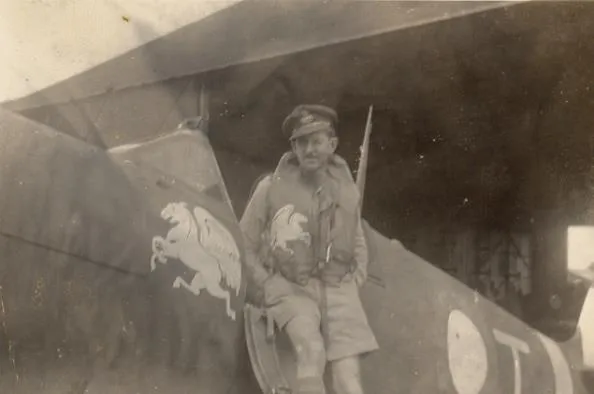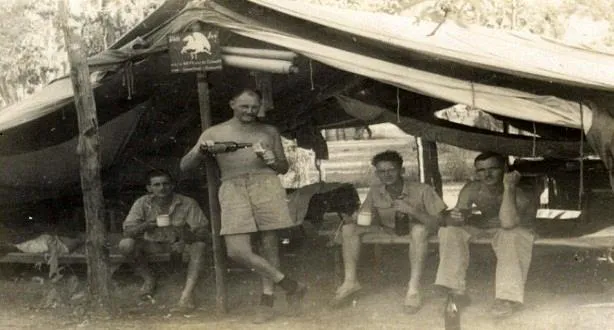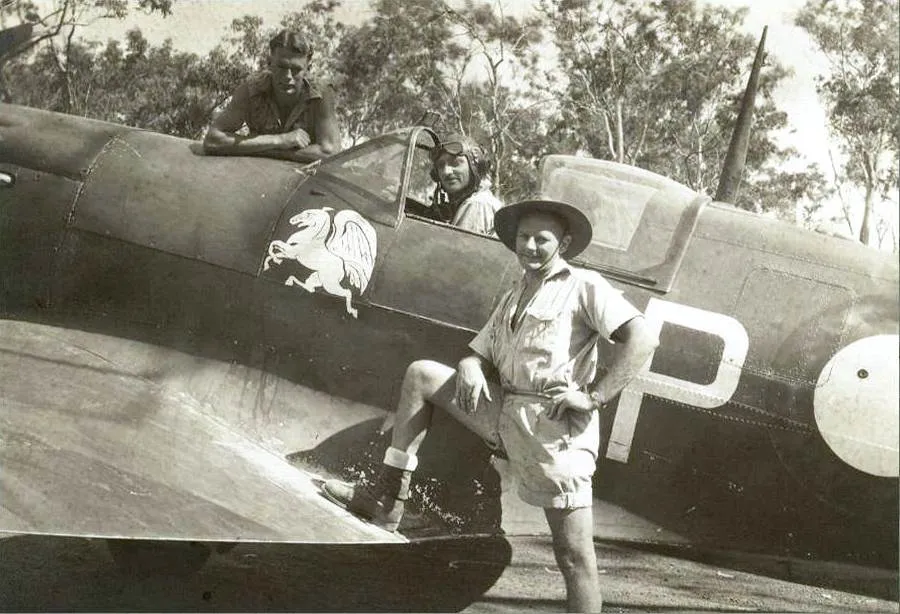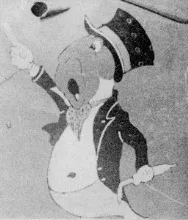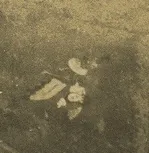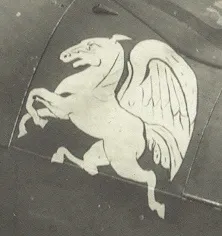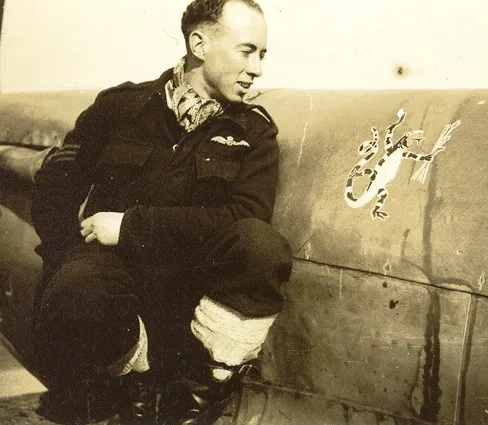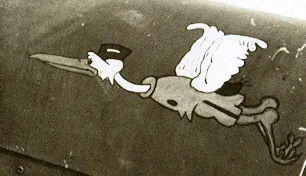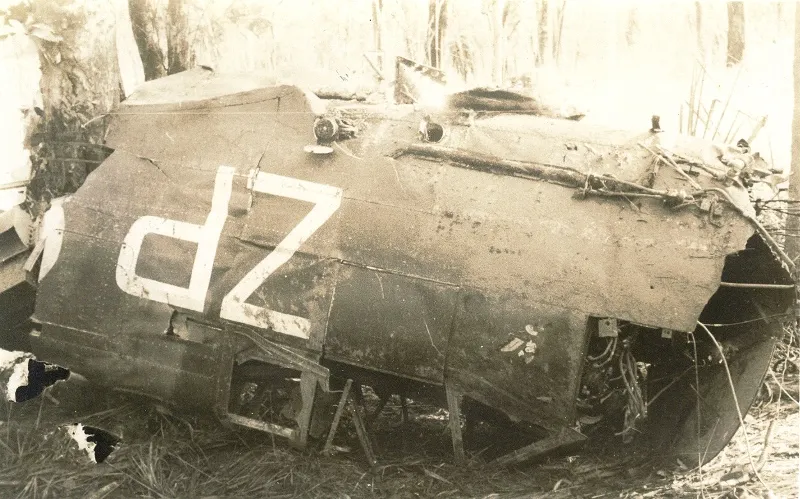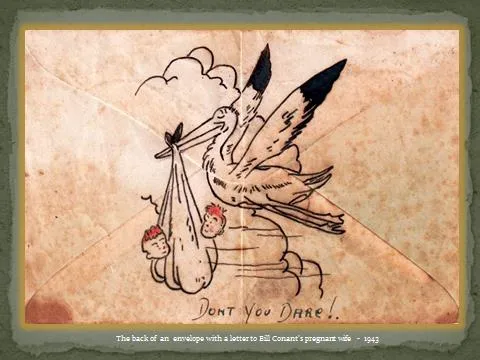LAC William Hungerford Conant 14589
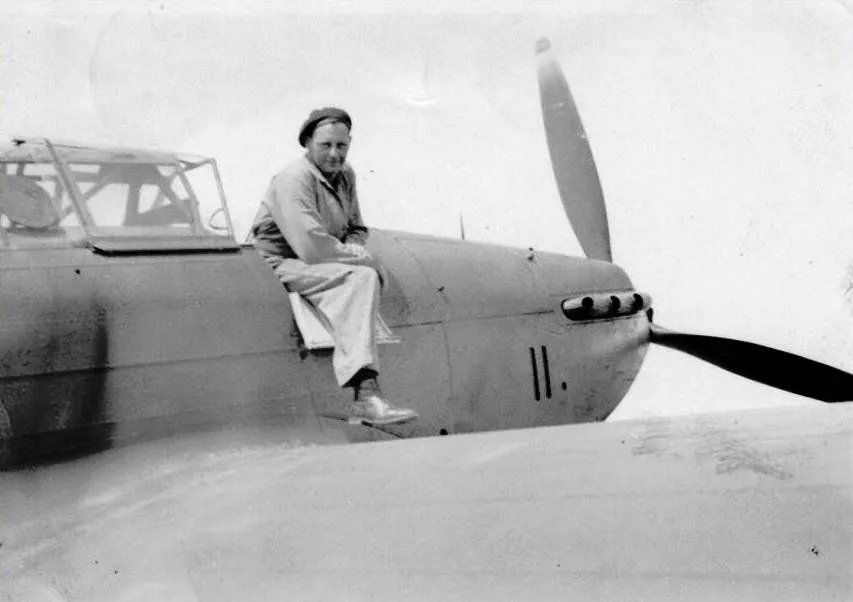


| Squadron/s | 457 SQN |
| Rank On Discharge/Death | Leading Aircraftman (LAC) |
| Nickname | Bill |
| Mustering / Specialisation | Mechanic |
| Date of Enlistment | 22 Apr 1940 |
| Contributing Author/s | Compiled by Vince Conant (son) June 2013 The Spitfire Association |
Bill was born the only male of six children to Hugh Alexander Pigott Conant (Twice knighted by the Pope for services to Catholic journalism); and Alice Agnes nee Hungerford.
Bill grew up in a fine old house in Lindfield, Sydney named Wyndella and attended St Aloysius College. He left school at fifteen and found work at various times as a chicken farmer, mechanic and metal worker although he held no formal trade qualifications.
Like hundreds of thousands of other men and women, Bill's defining years encompassed the Second World War. He enlisted in the RAAF (Service No. 14589) on the 22nd April 1940 as a trainee mechanic before being reclassified to LAC in March 1941. His postings included Geelong where he helped assemble the first Fairy Battle.
As unlikely as it may seem, the Air Force was an outlet for his creativity – he painted the mascots onto many of the aircraft (in the UK and Australia) with the finest example being the painting of Pegasus, the flying white horse on ZP-T, the Spitfire he helped service throughout his tour in Darwin.
Bill's photo album (a rich source for the war historian) contains shots of the Fairy Battles, a Harrow, Lysander, Hurricane, a Miles Magister, a Defiant and even an American Clipper tied to a pontoon in Wellington. He embarked from Sydney aboard the MV Awatea on the 8th August 1941 for Vancouver, then onto the UK becoming part of the newly-formed 457 Spitfire Squadron. Late in 1943, after his squadron returned to Australia to defend the north, he was posted to Livingstone Field, 30 kilometres down the track from Darwin.
The living and working conditions (interspersed with bombing raids) were primitive. Bill described the horrific conditions in letters home to his mother. Bill also mentions in one of his last letters, the posting south of ZP-T's pilot Jack Newton. The breaking up of pilot and ground crew appeared to affect him deeply. All he would say in the letter was that the White Horse on ZP-T was removed for personal reasons.
William Hungerford Conant was discharged from the military on the 30th of October 1945.
